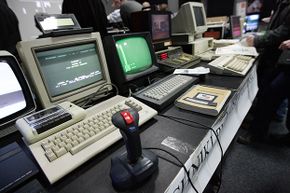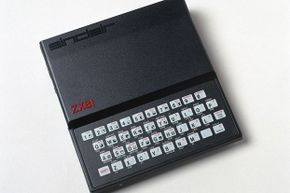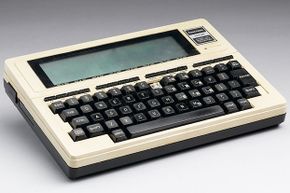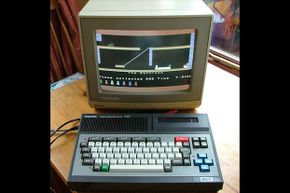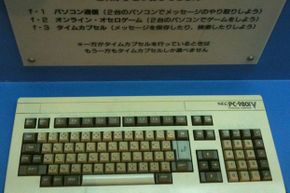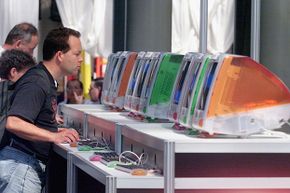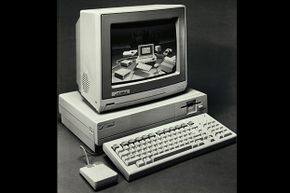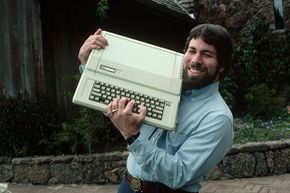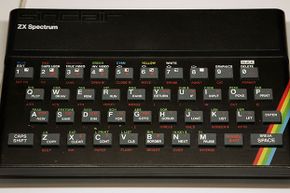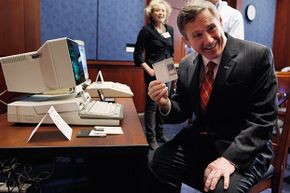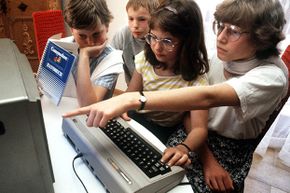As personal computers became affordable, must-have Internet gateways in the late 1990s, individual models took a backseat to larger brands. Dell didn't bother advertising special model names. It just advertised one major selling point: cheap. When Apple made a comeback with iMacs, and later MacBooks and MacBook Pros, you were either a Mac person or a PC person. Whether that PC was a Dell, or an HP, or an ASUS didn't make much difference.
But when the PC market was younger, smaller and much more expensive, things were different. Your PC was everything. In the late 1970s and 1980s, buying a computer was a huge investment, likely costing thousands of dollars and determining what kind of software you'd be running for the next several years. As a result, computer hobbyists picked favorites. And they stuck by them.
Advertisement
The wars between IBM fans, Tandy owners, Apple devotees and Commodore diehards were fiercer than any Mac versus PC argument. As a result, those early systems had an immense impact on those early home computer users, creating a generation of tech-savvy programmers. Ask any of them about their first (or favorite) computer, and they'll be able to tell you exactly what it was.
A few extremely popular breakout models sold millions of units. These are 10 of the most popular computers ever built. Your favorite may be among them.
